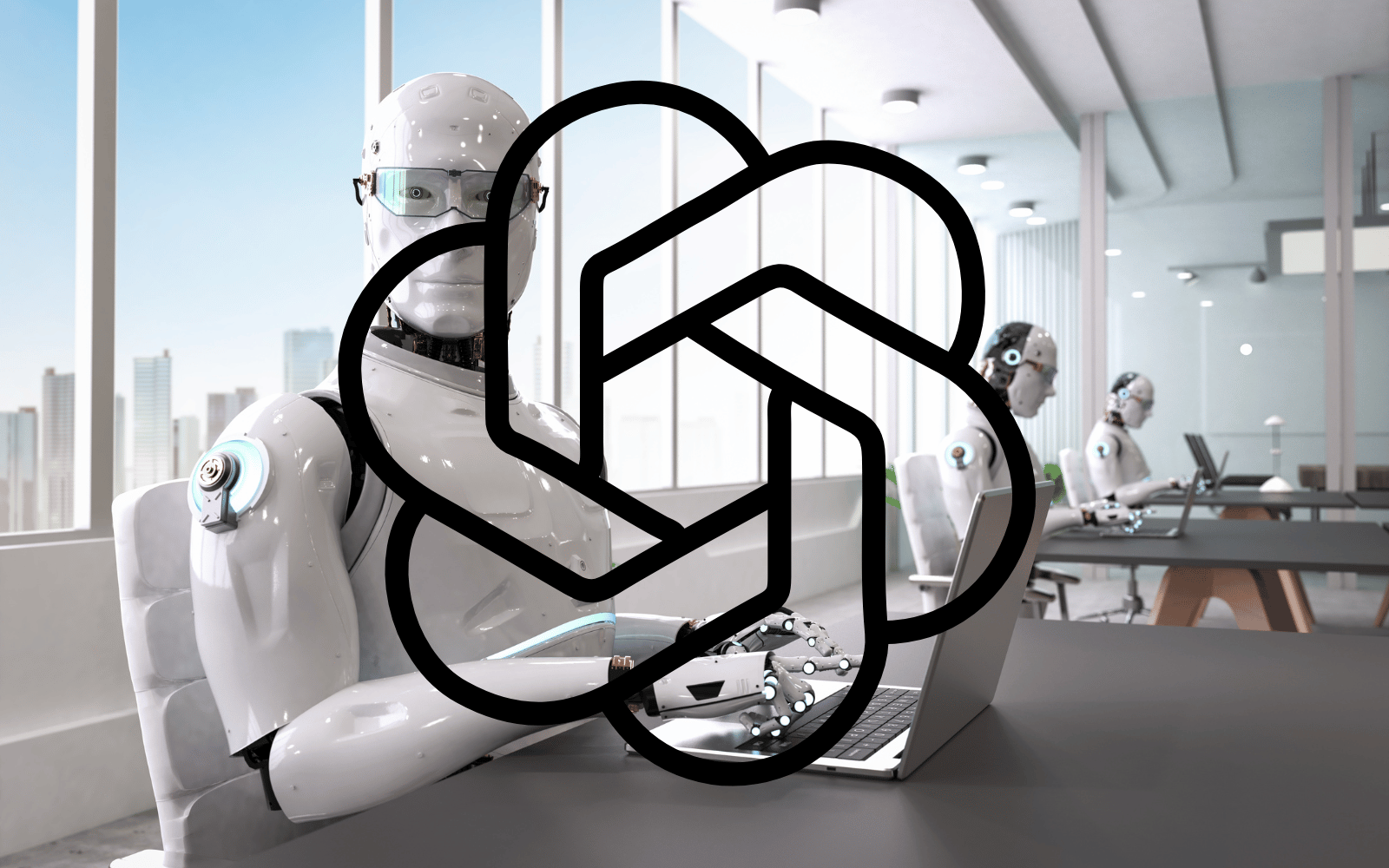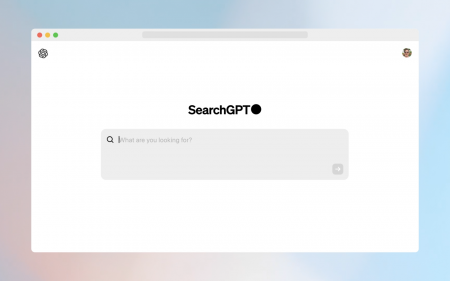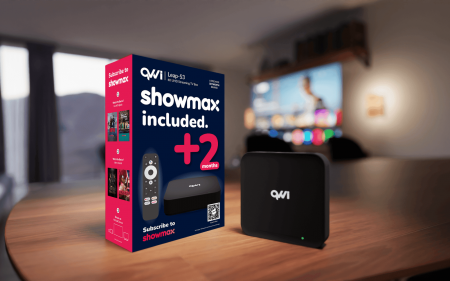Step aside ChatGPT, it’s GPT-4’s turn to hog the internet’s bandwidth, with the large multimodal model’s creator OpenAI confirming earlier today that its latest crack at the text-generating artificial intelligence would be made generally available, through its API.
Not for your average Joe

OpenAI’s talk of GPT-4’s “general availability” doesn’t mean just anyone will get access to the model right away. In its announcement, the company mentioned that it would be made accessible to any of those developers “with a history of successful payments can access the GPT-4 API with 8K context.”
As for those that haven’t funneled money into OpenAI’s pockets, OpenAI says it’ll begin to make GPT-4 available to “new developers” at the end of July, before eventually raising rate limits based on the remaining compute power available to the company. In short, the average Joe won’t get a turn until OpenAI says so.
Compared to OpenAI’s last big launch, GPT-3.5, GPT-4 is quite a step up. For one, it’s smarter, able to understand and accept text inputs as well as image inputs. That feature, however, isn’t available to everyone, with OpenAI testing it out with Be My Eyes – just at first – before opening it up to its customers. When that’ll happen, though, the company hasn’t said.
Read More: NASA working on a ChatGPT-style interface for astronauts to communicate with spacecrafts
While we don’t yet know GPT-4’s ‘intelligence’ when it comes to standardized testing, we can guess it’ll have more smarts than its predecessor, which was able to cope with benchmark tests at a “human level”. Even with GPT-4’s substantial training, which involves scraping information from public web pages, and OpenAI’s own licensed data. It’s still perfectly capable of getting things wrong or “hallucinating” rather confidently at times.
The company’s older models, like GPT-3 and its spin-offs, will say goodbye come 4 January 2024, being replaced with a new “base GPT-3″, presumably to ease the strain on compute power OpenAI is currently suffering. Developers will be forced to manually make the switchover by 4 January. OpenAI isn’t just leaving those developers to their own devices.
“We will be providing support to users who previously fine-tuned models to make this transition as smooth as possible,” says OpenAI in the announcement. “In the coming weeks, we will reach out to developers who have recently used these older models, and will provide more information once the new completion models are ready for early testing.”




